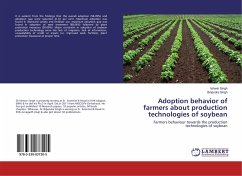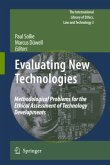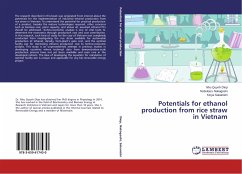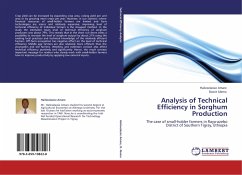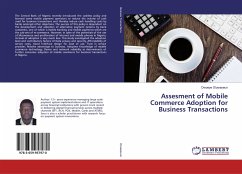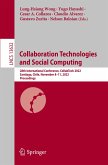It is evident from the findings that the overall adoption (58.39%) and adoption gap were reported 41.61 per cent. Maximum adoption was found in improved variety and fertilizer use, maximum adoption gap was found in adoption of seed treatment (88.06%) followed by plant protection measures (50.00%). Major constraint in adoption of soybean production technology were the lack of irrigation, lack of information, unavailability of credit or inputs (i.e. improved seed, fertilizer, plant protection measures) at proper time.
Bitte wählen Sie Ihr Anliegen aus.
Rechnungen
Retourenschein anfordern
Bestellstatus
Storno

